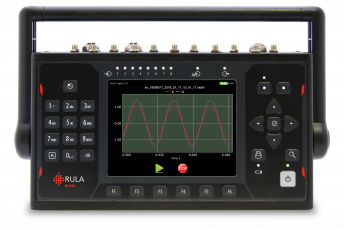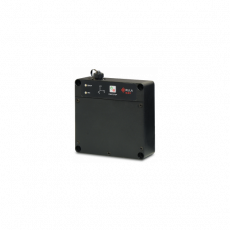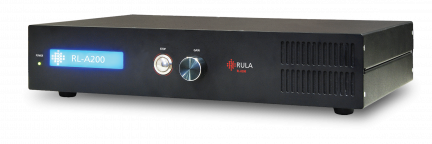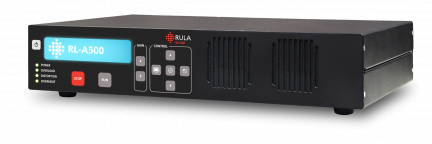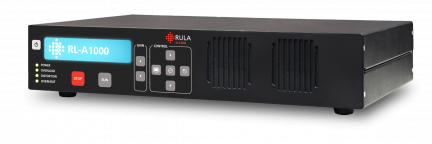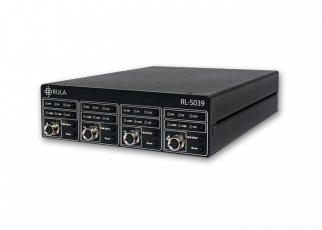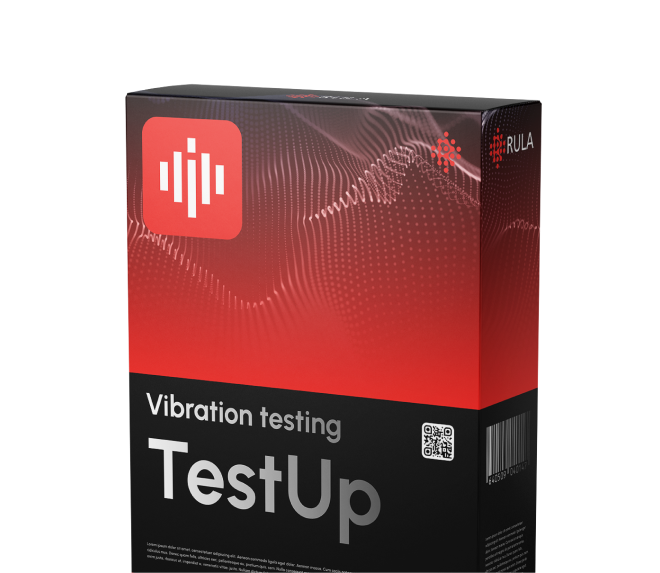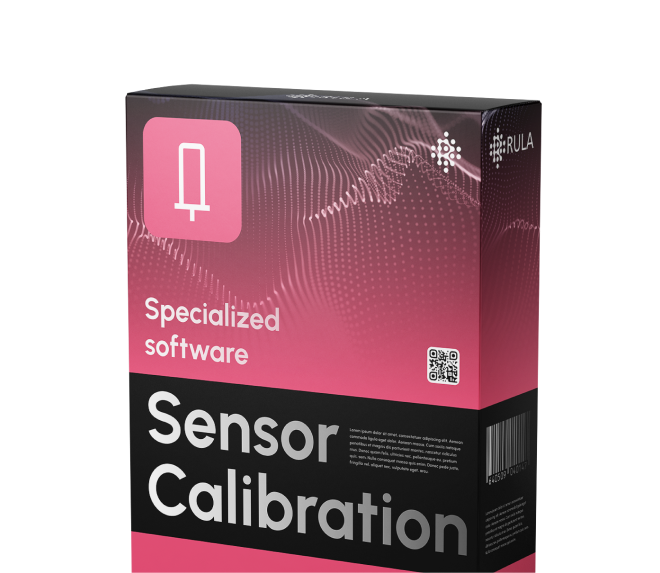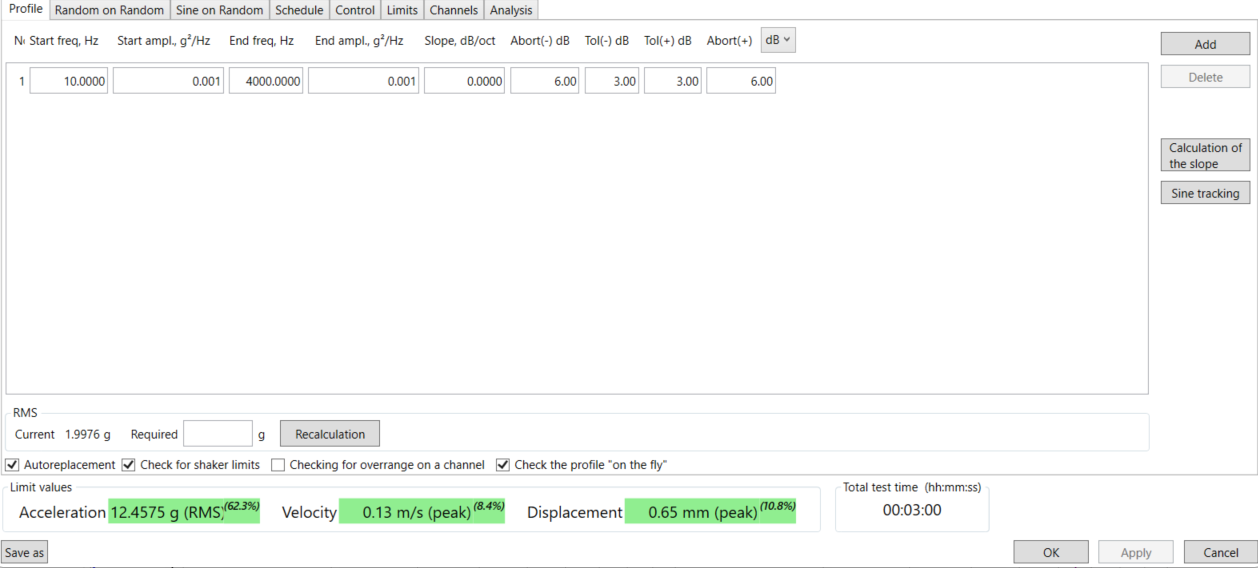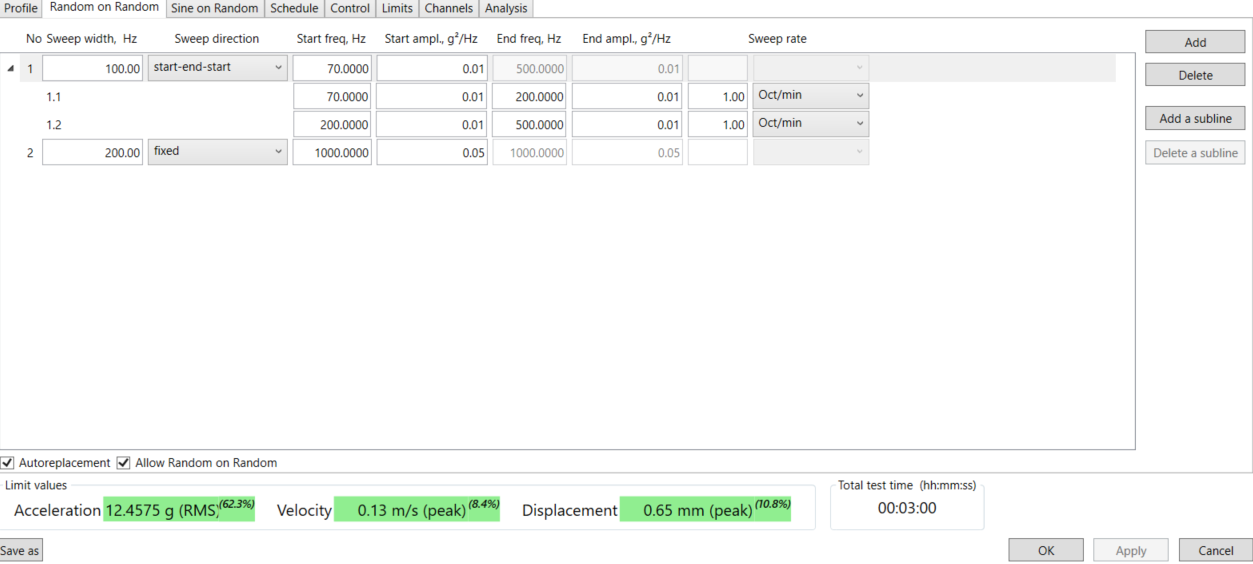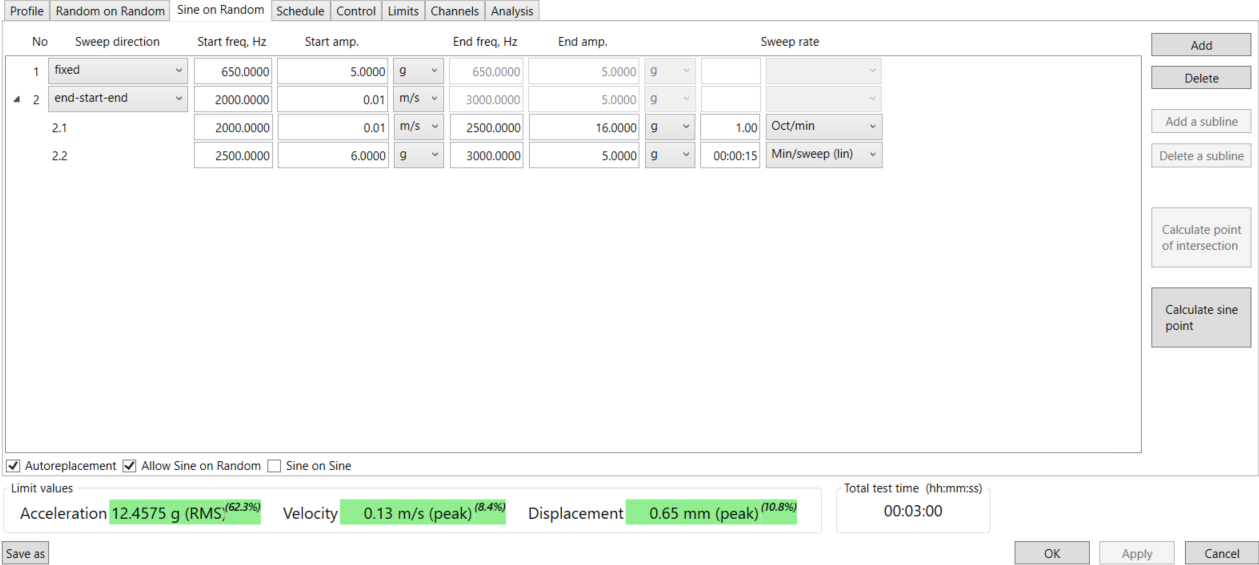To answer this question, we should remember that both basic test types are mathematical approximations, intended to describe natural vibration conditions in a simplified form. For instance, in real-life environments, we almost never get a pure sine wave. So, Sine test alone, as instrumental as it may be, is often not sufficient to provide product validation. Random mode, initially introduced exactly for that reason, is a close enough approximation of noise-like vibrations in real environments – however, unless you use spectrum import or FDR, it remains an artificial model with similar limitations. The two test types brought together lead to a more accurate representation of the actual vibration impact. Therefore, Sine-on-Random is often used to make sure the product is not undertested as in one or the other of the basic modes.
The main goal of Sine-on-Random, in addition to providing a heavier impact, is the possibility to simulate the accumulated stress received from the background random vibration combined with the other sine/random signals, causing additional weakness and vulnerabilities in the object’s structure. It may occur, for instance, on board an aircraft, where we can register a noise background caused by the off-board conditions, and a repeated vibration impact from the rotor or engine part movements. If we were to imitate such an environment, the background random vibration would be a representation of the transport condition itself, and a sine wave (or waves) superimposed over the random background would describe the repetitive movement of the rotor. Same goes for any rotational machinery stationed in a space with certain levels of background noise (power plant, spaceship, etc.).

Other superimposed tests in principle provide a similar effect. In case of Random-on Random (RoR) test, instead of a superimposed sine, we have predefined random bands laid over the background random. A common example would be caterpillar-type vehicles, in which each drive train may be responsible for a different speed and direction, creating a number of random vibration impacts. The variant with Sine-and-Random-on-Random, as may be concluded from the name, allows the user to superimpose both random bands and sine waves over a random spectrum background.
Such modes as SoR, RoR and SoRoR are rather heavy in impact and are often used to test objects to destruction.

To account for such applications, a number of universally recognized test standards regulate the use of SoRor tests for extensive testing. Such are, for instance:
- DO-160 Environmental conditions and test procedures for airborne equipment, Section 8.0 tailored specifically for professionals in aviation and space, regulates the use of Sine-on-Random, for robust testing of aircraft including helicopters, supersonic jets, commercial airlines, etc.;
- MIL-STD-810 US Defense Standard. Covering not just aircraft, but a wide range of military equipment to be tested, the standard also has the guidelines for setting up SoRoR tests;
- IEC 60068-2-80 Primarily used to regulate testing of electrical and electromechanical equipment operating in the environment of a complex or mixed nature (aircraft, space vehicles, etc), the standard has a section devoted to mixed test.
What can RULA and TestUp program offer in terms of mixed test mode?
- SoR, RoR and SoRoR tests;
- Up to 12 superimposed sine tones/random bands;
- Frequency up to 106000 Herz;
- Fixed and swept sine tones and random bands;
- Standard-based templates to simplify setup;
- MIMO Sine-and-Random-on-Random Tests in 2 or 3 axes;
- Notching limits for mixed mode tests.
In TestUp software you can specify the background random spectrum profile, and the superimposed random bands or sine tones on Random-on-Random and Sine-on-Random tabs correspondingly. For example, you can set up a full Sine-and-Random-on-Random test in 3 simple steps.
Step 1 – we specify the parameters of the base random profile:
Step 2 – we specify the superimposed random bands:
Step 3 – we specify the superimposed sine tones:
As a result, we get a mixed test profile capable of combining the base random with superimposed random bands and sine tones, both fixed and swept, similar to the one shown in the picture below:
To sum up the information above, RULA controllers and TestUp software offer a full spectrum of superimposed tests, providing the user with the capability to test according to the universally acknowledged test standards.
To learn more about SoRoR test running, watch our video tutorial. Please send an email to contact@rula-tech.com to get more details or an offer for superimposed test modules.



